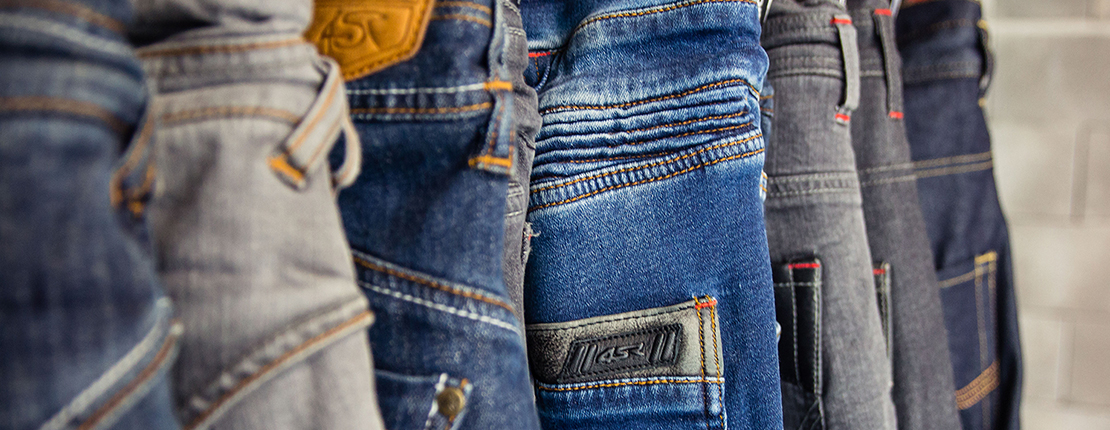Kevlar®
Even in today's Nano era of research and development, where technology advances in the blink of an eye, it’s surprising that leather is still the safest material for biker clothing. How can this be? We don’t know, but why fix what isn’t broken?
However, way back in 1965 an important development was discovered, when Poly Paraphenylene Terephthalamide appeared in the hands of a bespectacled genius called Stephanie Kwolek, this materiál was later branded Kevlar® as we know it today.

Due to some pretty unique properties, Kevlar® has found application in many fields. It is stronger and lighter than steel, it has excellent abrasion resistance and can retain these properties even at high temperatures. For example, at 160°C, Kevlar® loses just 10% of its strength and that’s only after a mammoth 500 hours of use. At this temperature, the competition has already melted away.
Kevlar® is without doubt the strongest of commonly available and usable materials today.
Source: Ullmann's Encyclopedia of Industrial Chemistry
Kevlar® sublimates at 450°C and that's more than enough for use in the production of motorcycle clothing. Even after an hour of intensive riding, a biker's body is far from this temperature, nor will our washing machine temperature of 40°C have any effect on this fabric.
On this subject of temperature resistance, the conclusions are even clearer.
Kevlar® is a winner, whereas some fibers will not even survive routine maintenance such as ironing.
Source: Ullmann's Encyclopedia of Industrial Chemistry
For our needs, Kevlar® is absolutely unbeatable for abrasion resistance and protection. During a motorcycle crash, the contact surfaces can heat up to more than 200°C when sliding across the tarmac. Therefore, second-degree burns can occur on the skin without even damaging the outer material of the clothing. In this situation, we can only rely on Kevlar® not to lose its strength.
Kevlar® from DuPont can be highly recommended for motorcycle use, because this unbeatable king of man-made fibers deserves our admiration. So, the next time you consider investing in your riding jeans, don’t just be impressed with how many times the material is stronger than steel, but consider how the fabric handles the extremely high temperatures you may be exposed to.





